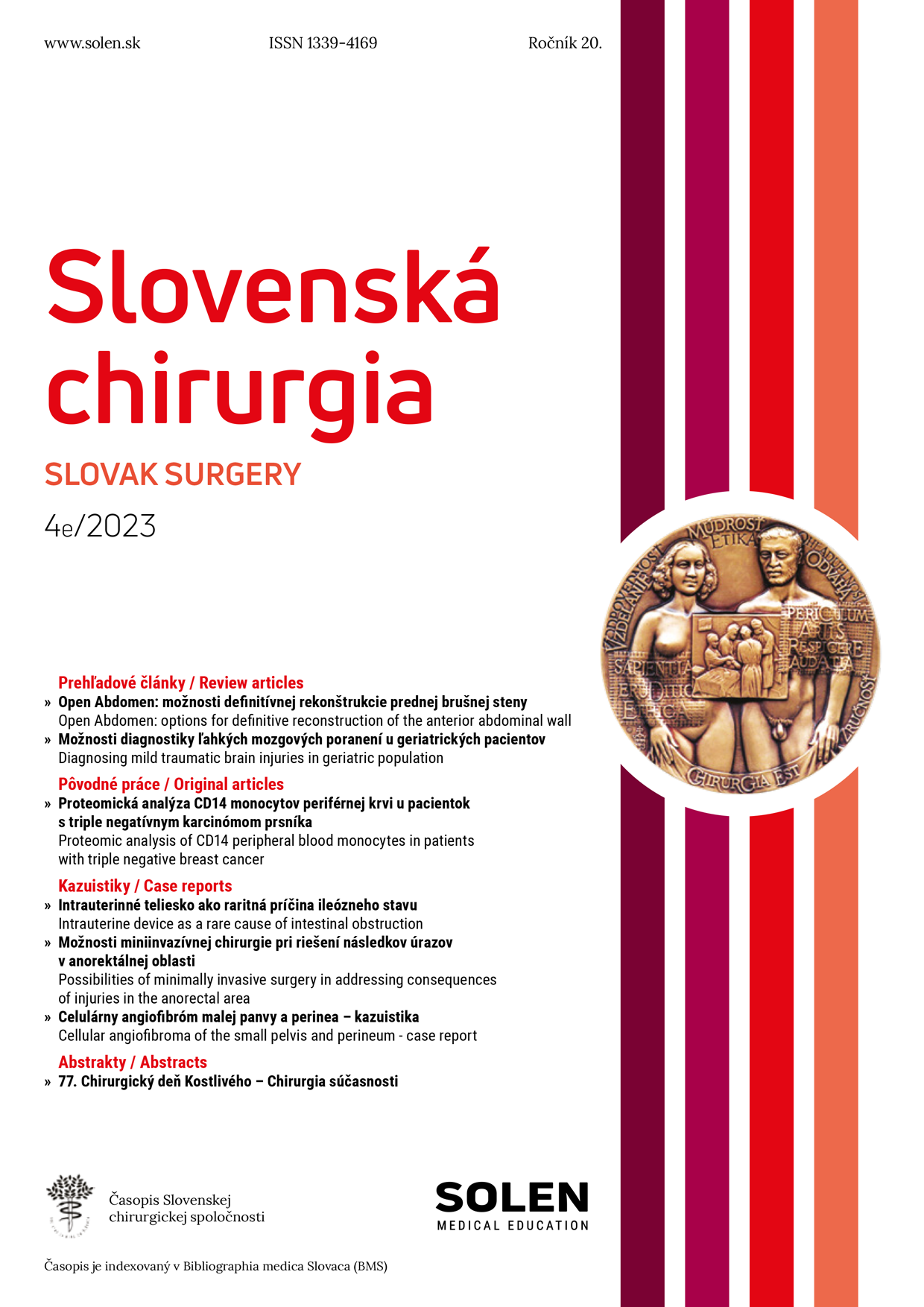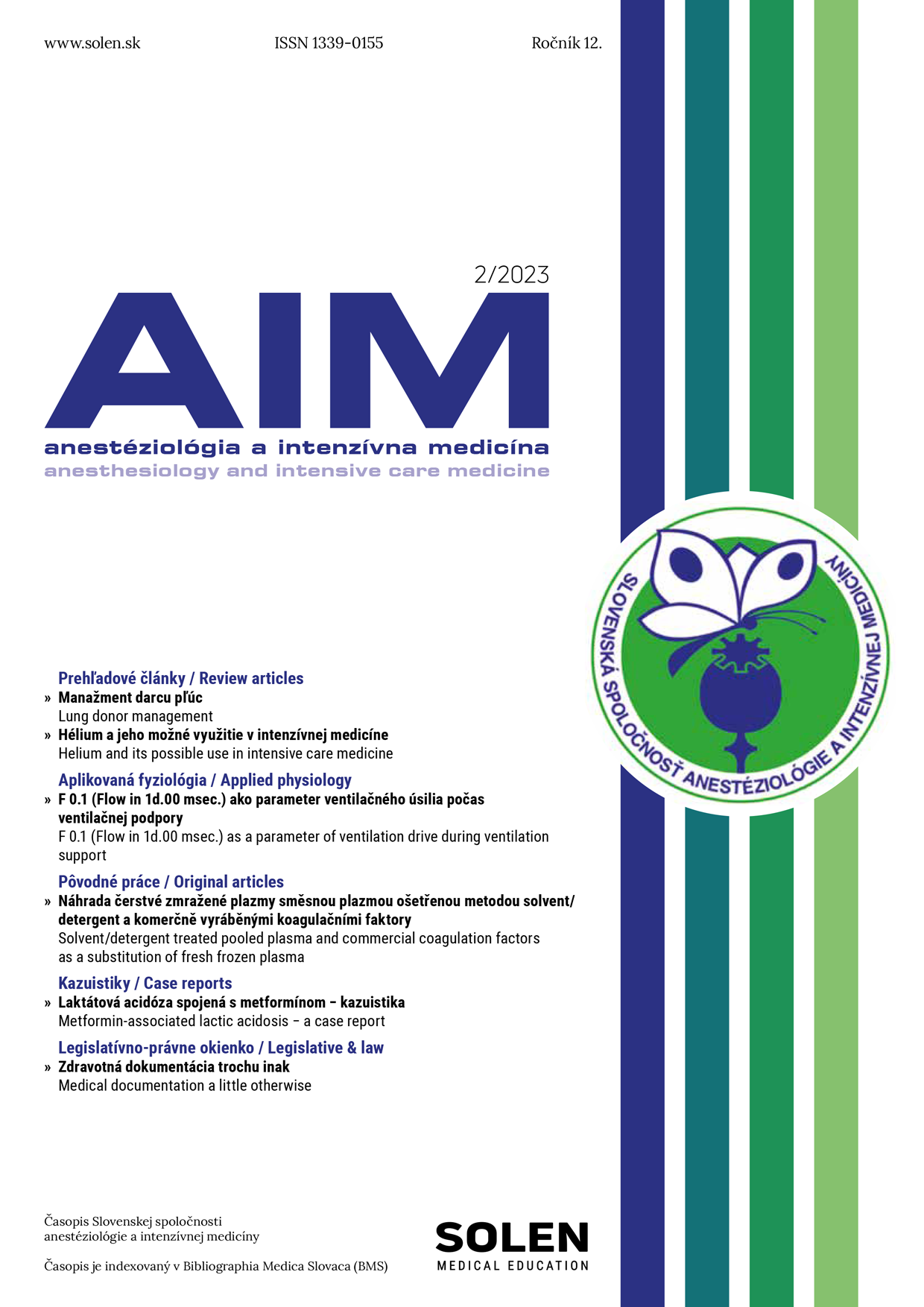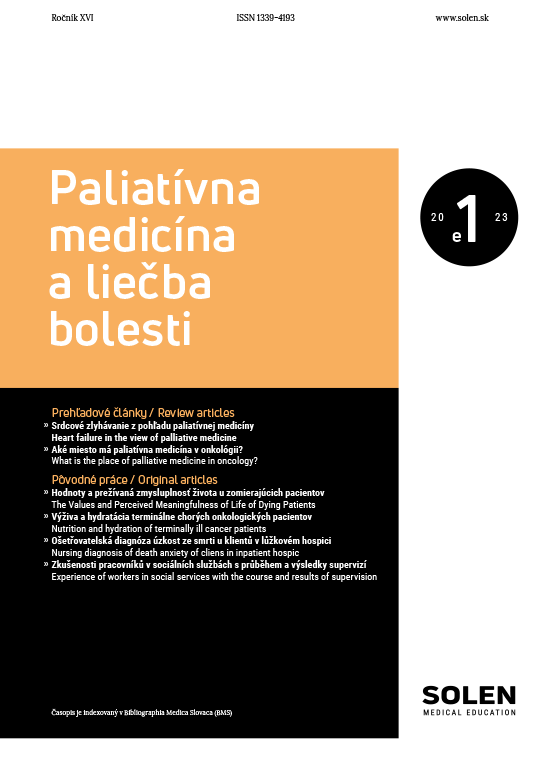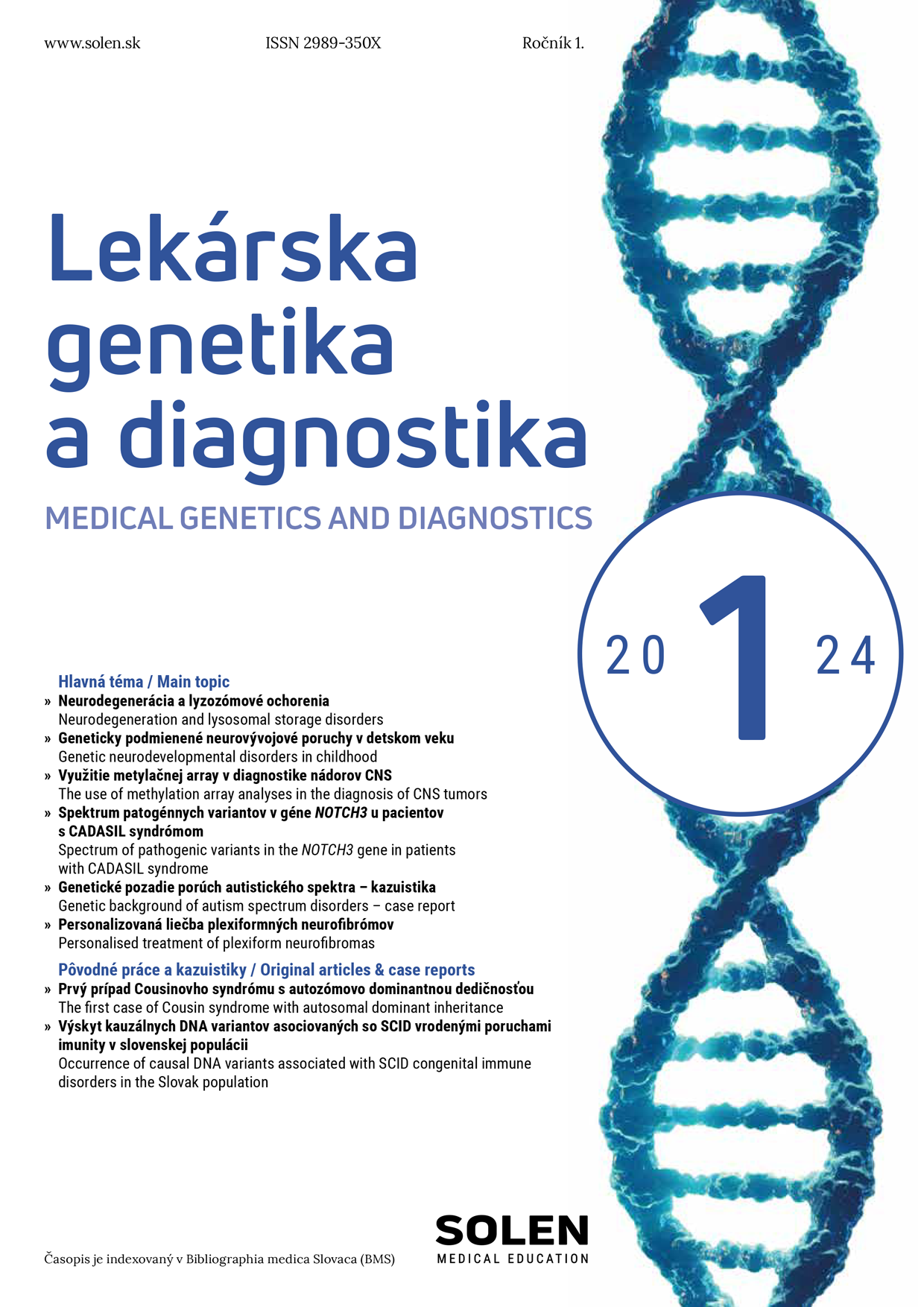Neurológia pre prax 3/2014
Idiopatické „benigní“ fokální epilepsie v dětství
doc. MUDr. Hana Ošlejšková, Ph.D., MUDr. Ondřej Horák
Benigní fokální epilepsie (BFE) patří mezi nejčastější epilepsie dětského věku. Bývají popisovány jako epileptické spektrum či kontinuum, jehož jednotlivé jednotky mají obdobný patogenetický podklad, vzájemně se překrývají a mohou v sebe v průběhu času přecházet. Vedle notoricky známé benigní epilepsie s centro-temporálními hroty či Panayiotopoulosova syndromu jsou nyní definovány i syndromy nové, které mají celé spektrum dokreslit. Největší pozornost je ale v současnosti kladena na odhalení molekulárně genetického pozadí BFE a na výzkum psychologicko-psychiatrických komorbidit ve snaze odpovědět na otázku: Jsou benigní fokální epilepsie skutečně benigní?
Kľúčové slová: benigní fokální epilepsie, benigní epilepsie s centro-temporálními hroty, Panayiotopoulosův syndrom, atypická evoluce, epileptické encefalopatie.
Ideopathic „benign” focal epilepsies in childhood
Benign focal epilepsies (BFE) are one of the most frequent epilepsies in childhood. They are usually described as an epileptic spectrum, whose nosologic units have the same pathogenetic base, may show blurry boundaries among them and may convert during the time. Besides well-known epilepsy with centro-temporal spikes or Panayiotopoulos syndrome, there are new recently defined syndromes, completing the spectrum. Nowadays, the molecular genetic background of BFE is the largest area of interest as well as the research of psychologic-psychiatric comorbidities, which acquire searching for answer the question: Are the benign focal epilepsies really benign?
Keywords: benign focal epilepsies, benign epilepsy with centro-temporal spikes, Panayiotopoulos type, atypical evolution, epileptic encephalopaties.


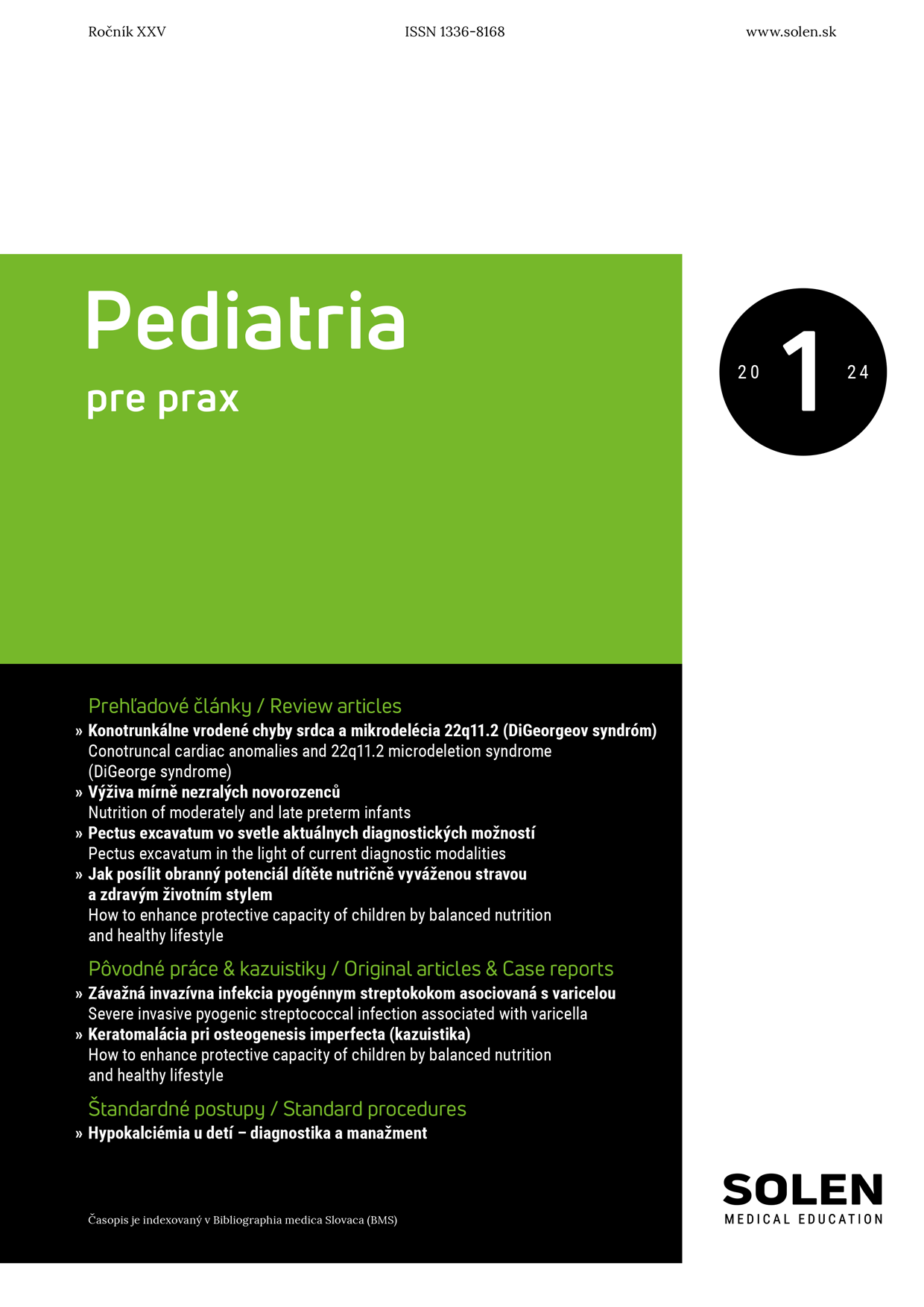
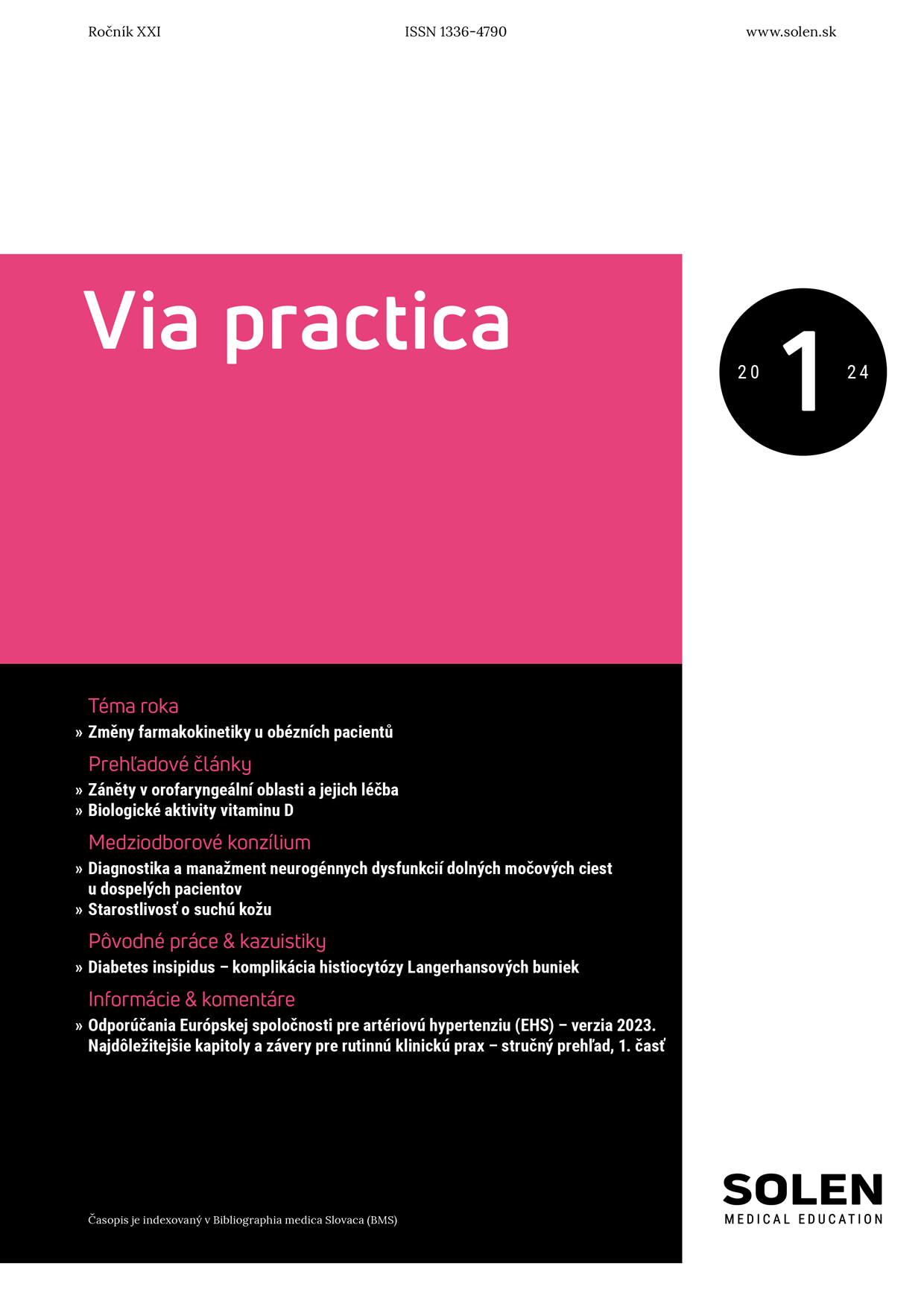
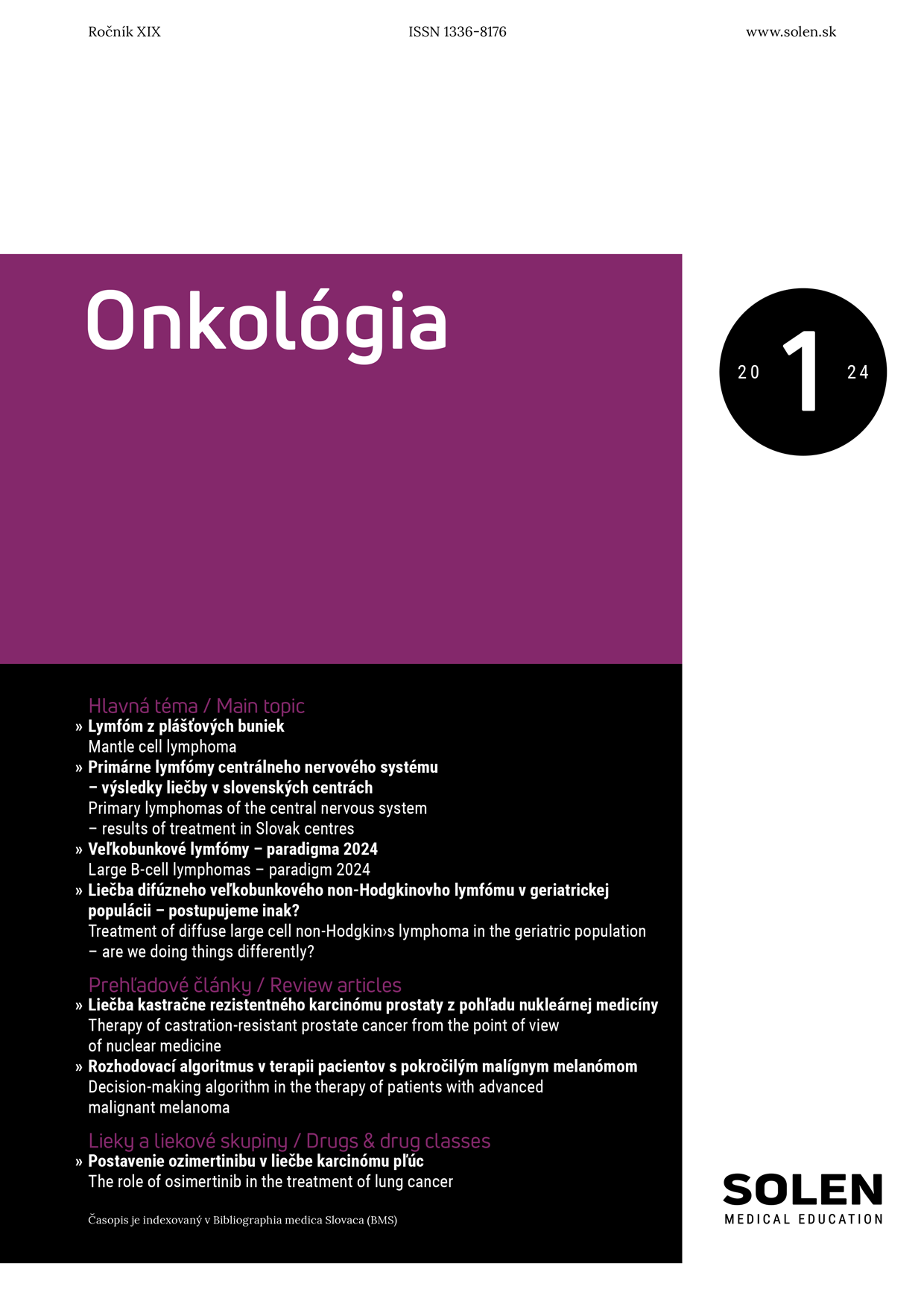
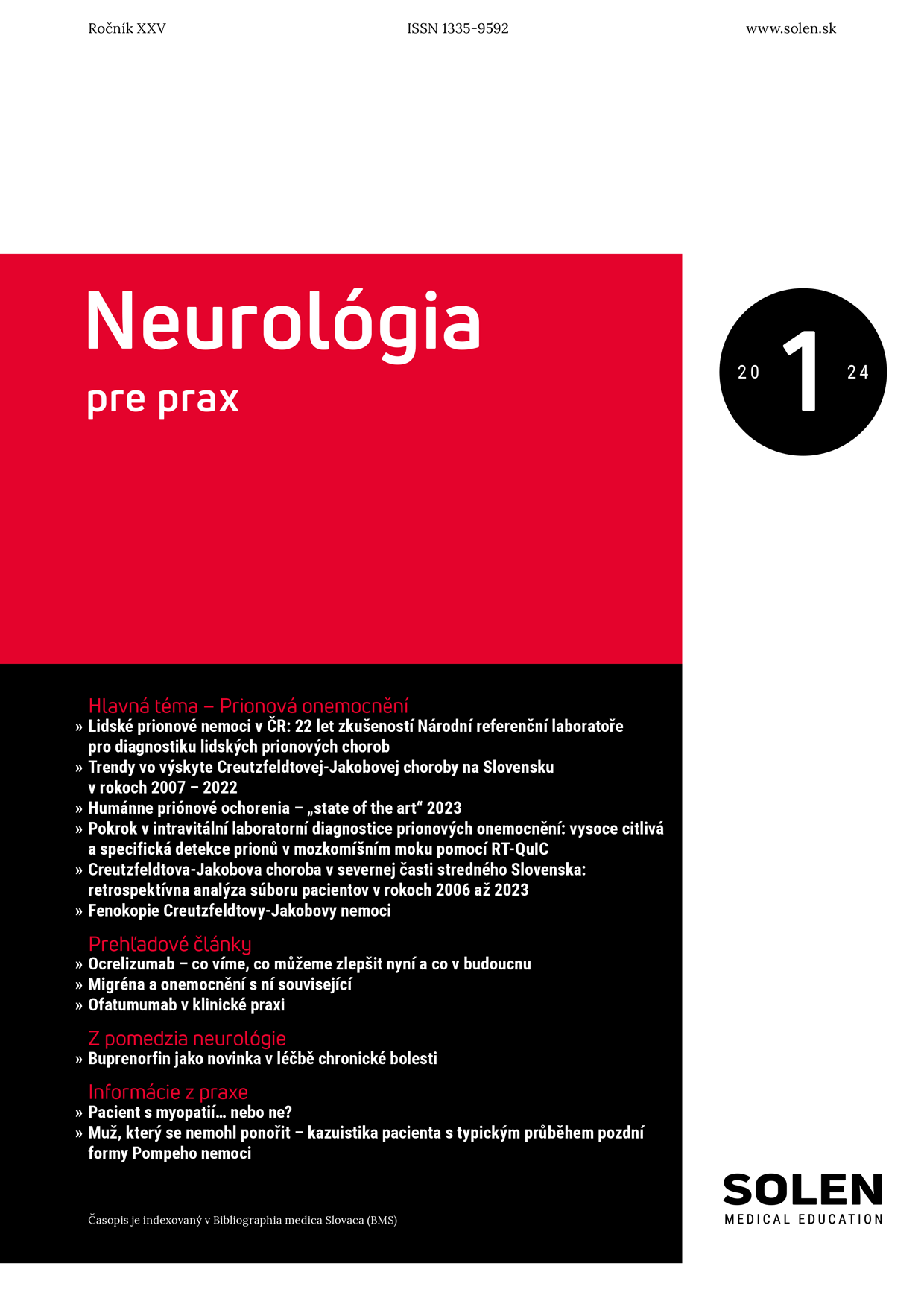
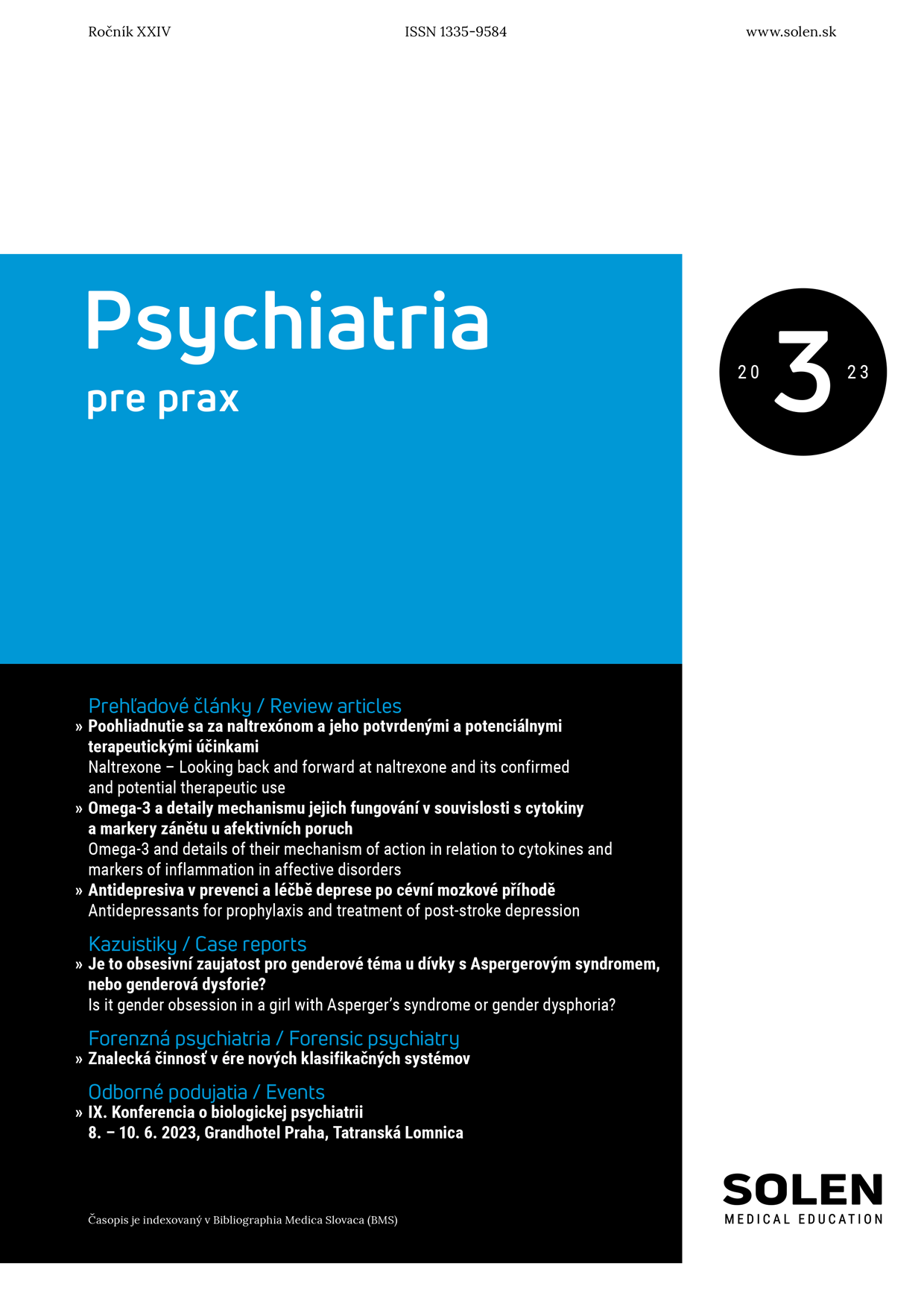
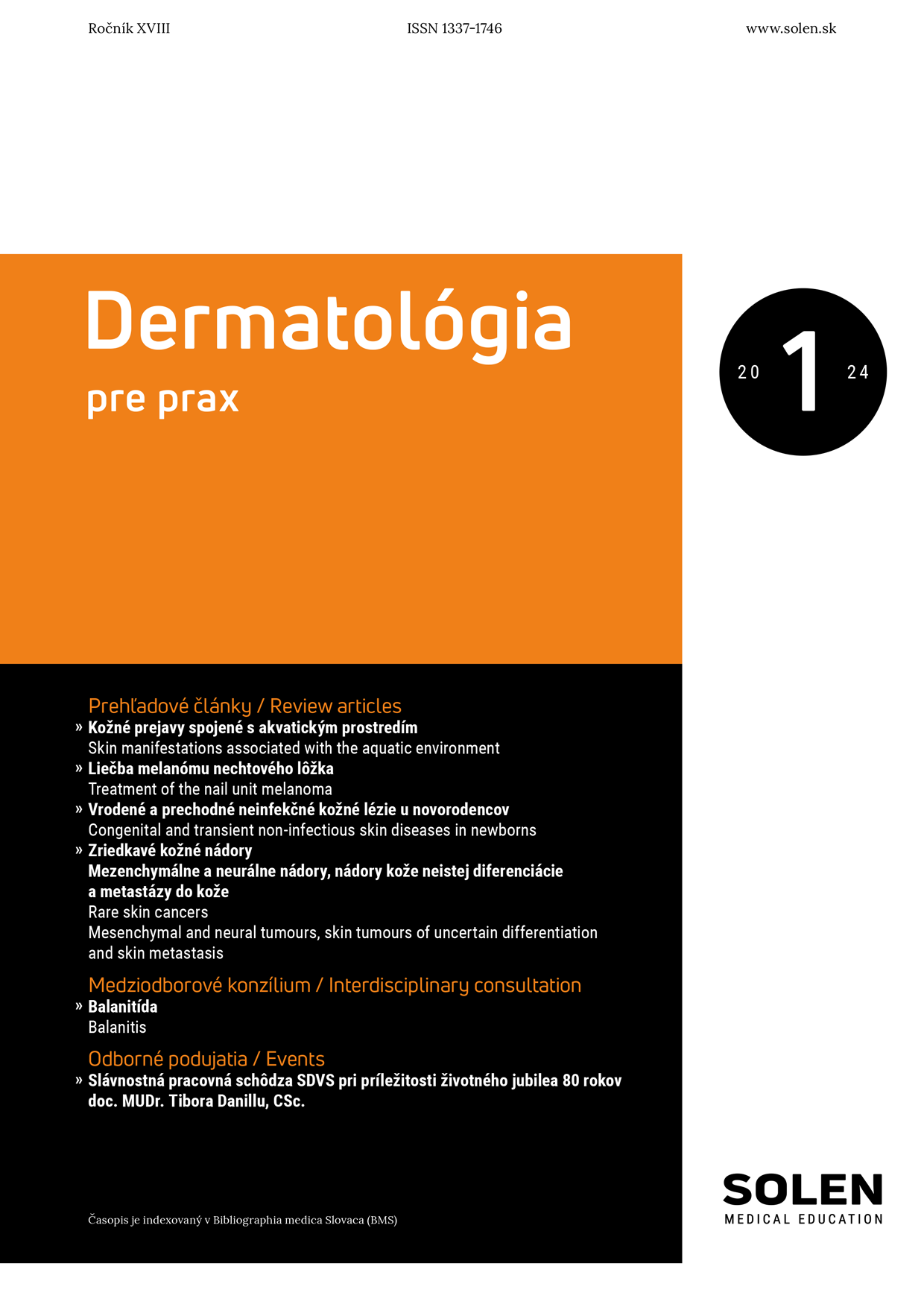
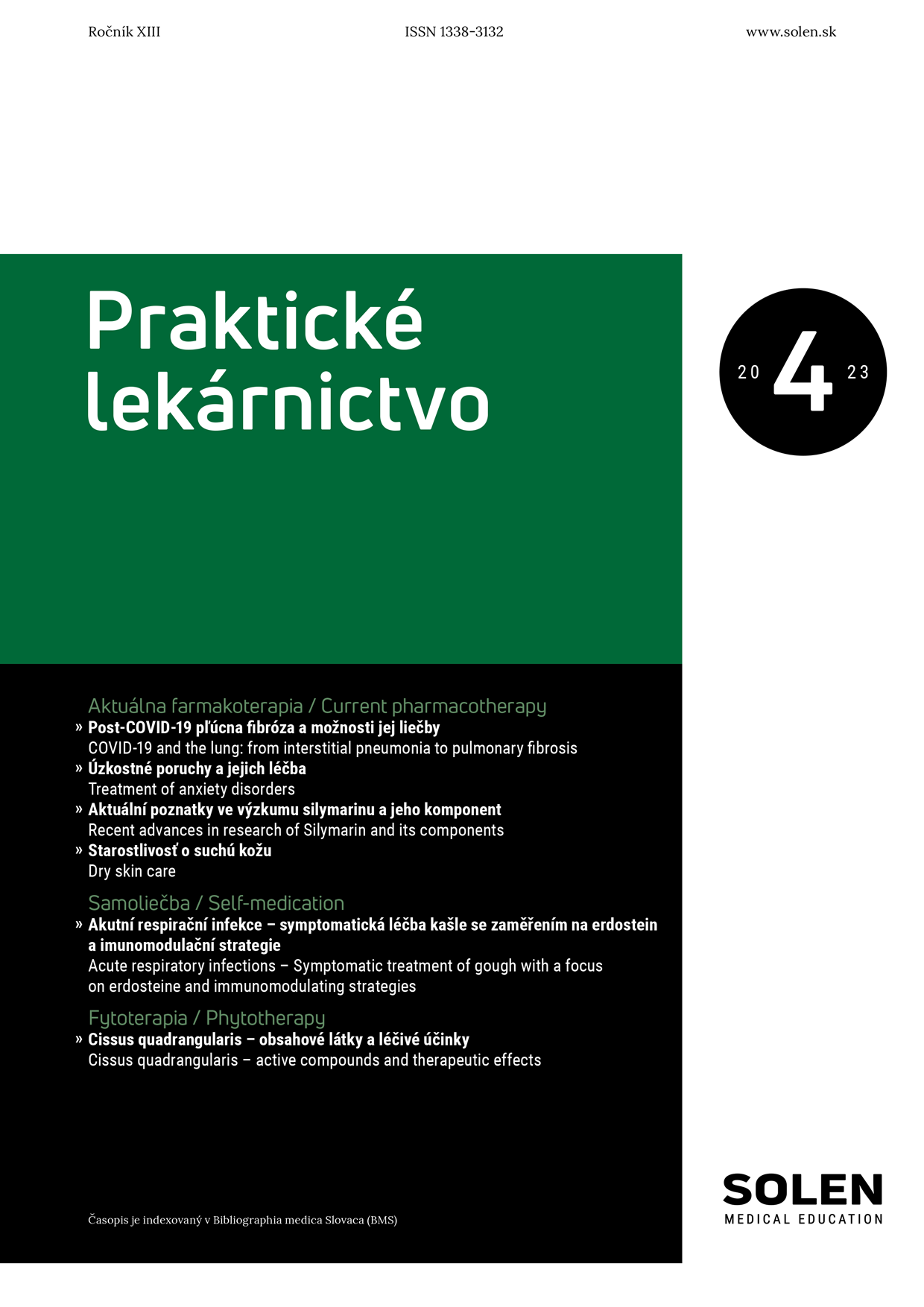
-1.png)
